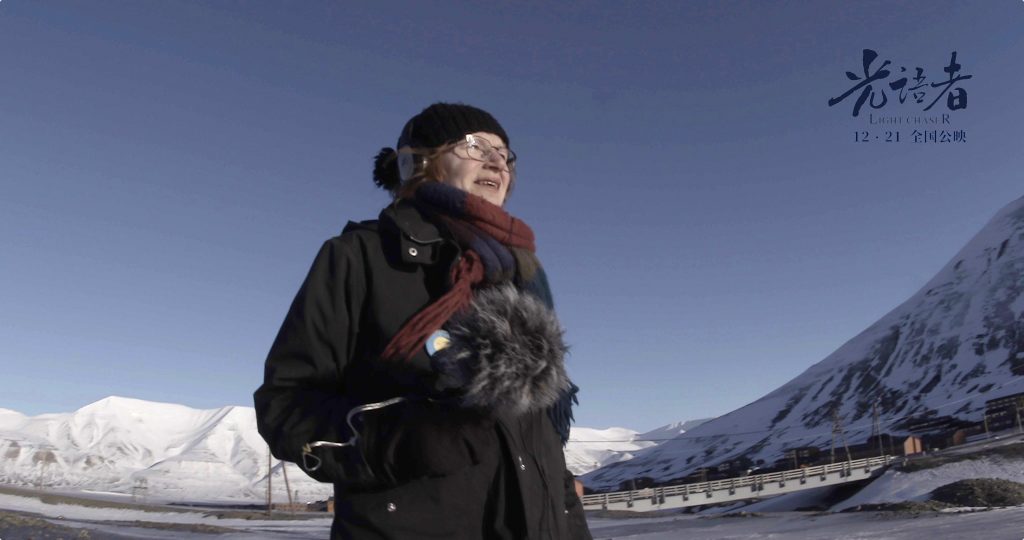Capturing Uncharted Territories with Angénieux Type EZ Lenses

Previously unknown parts of the world are becoming more vivid through cinema and television. Thanks to people who dare to capture them in motion pictures, these places have become visually accurate in today’s era.
Enabling them to do so are filmmaking tools like the Angénieux Type EZ Lenses, with state-of-the-art technologies designed to withstand extremely challenging conditions.
Director of Photography Liu Song tells us what it was like to use the EZs to shoot a documentary in the field where light and temperature are hardly cooperative—the North Pole.

High-Performance Grace Under Extreme Pressure
Entitled “Light Chaser,” the film documents the lives of people in the arctic territory. Song shares his choice of zoom lenses for the run-and-gun production. The film, China’s first scientific documentary about the North Pole, was released in China and Norway in 2020.
“Shooting under extreme weather is, well, extremely challenging. Imagine filming in the intense numbing cold with snow piling up to your knees. A lens that is too large in size or with a fixed focus would be inconvenient. After all, who would want to venture outside to change the lenses in such harsh environments?” the director said.
Enduring local temperatures of -20 degrees while filming, Song needed reliable camera tools to maximise their time out in the snow.
Fortunately, the lightweight Angénieux EZ zooms not only cover a wide range of focal lengths in two lenses, they also come with a built-in thermal compensation that reduces temperature drifts, thereby maintaining those desirable high-quality images amid the cold.
“The crew had wanted to prepare protective gears for the cameras, knowing that very few equipments can perform well under ultra-extreme conditions. But even with little protection, the EZ lenses never stopped working,” added Song.

Chasing Light Efficiently and Reliably
With sunlight elusive in the North Pole, chasing the light was also a story shared by the film crew. With the EZ lens’ fast T2 aperture, the team was able to maximise their shots for rich quality images even in a low-lit environment.
“Even when shooting scenes with large focal length variations, where the focal point is changed by following the subject’s position onscreen, the transitions remained smooth and seamless. It is quite an impressive feat,” remarked Song.
The cinematographer appreciates how the lenses incur minimal distortion and breathing while allowing visual reliability in freezing conditions.
“We could always expect the focus, zoom, and aperture of the lens to be smooth, which was a huge relief to the crew, especially that filming required them to shoot in single operator — the lens was easy to pick up and go,” said Song.

A tried and tested companion even in frigid environments like the North Pole, the Angénieux Type EZ lenses have indeed dared to go where no lens has gone, bringing to life visions of creatives like Song and his team.
“The EZ lenses had satisfied every single scene that we conceptualised for the shoot! Even more amazing was how the focus had remained accurate in the severely icy environment. We didn’t need to designate any focus pullers in our crew – the lens made it easy for everyone to operate the shoot entirely independently,” concluded Song.
Trailer of “Light Chaser”.
Special thanks to Beijing Digital Technology Co, Ltd


